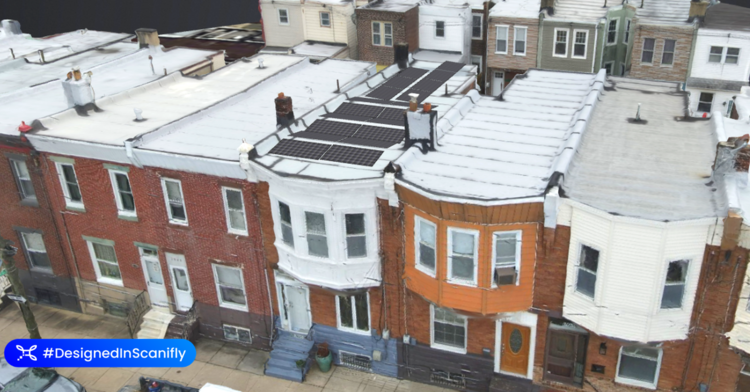There are a handful of solar-specific software platforms that claim to use AI to develop perfect designs. But we’re here to share an annoying truth: these tools are great time savers, but software automation and AI ALONE won’t actually eliminate solar project redesigns. We see four specific reasons:
1. Houses are all different
There are about 140 million homes throughout the United States, with an average of around one million additional homes built per year. The challenge is not quantity, but variety. In the Southwest you have flatter roofs and shorter homes. In the Midwest and Northeast states you might have three-story homes with steeply pitched roofs and old structural characteristics. This is to say nothing of small and mid-rise condo and apartment towers with varying roof lines and obstructions.
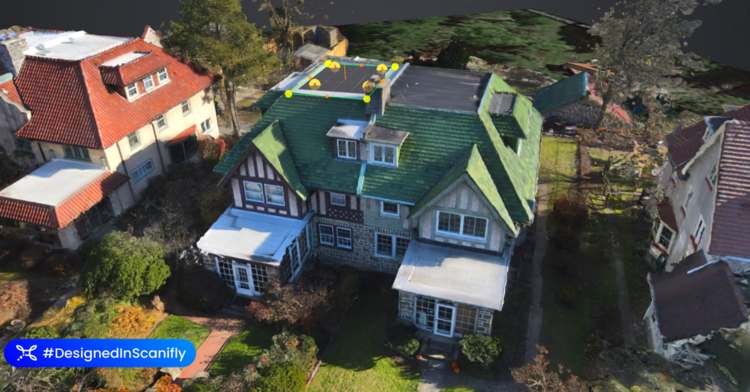
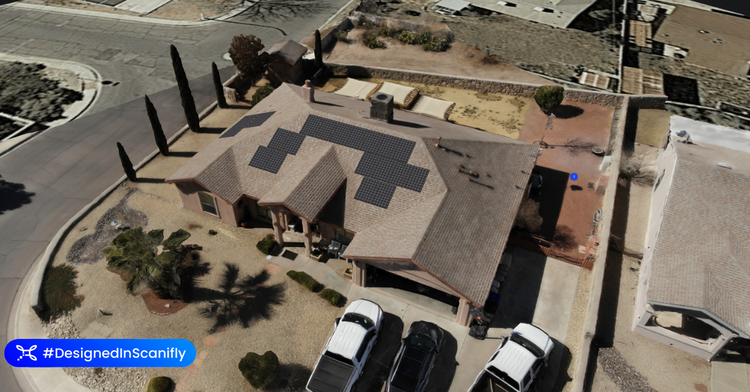
Differences like these make it nearly impossible for software to catch every detail. Software is built to recognize a lot of variables, but it still doesn’t capture everything.
2. Underlying data is imperfect
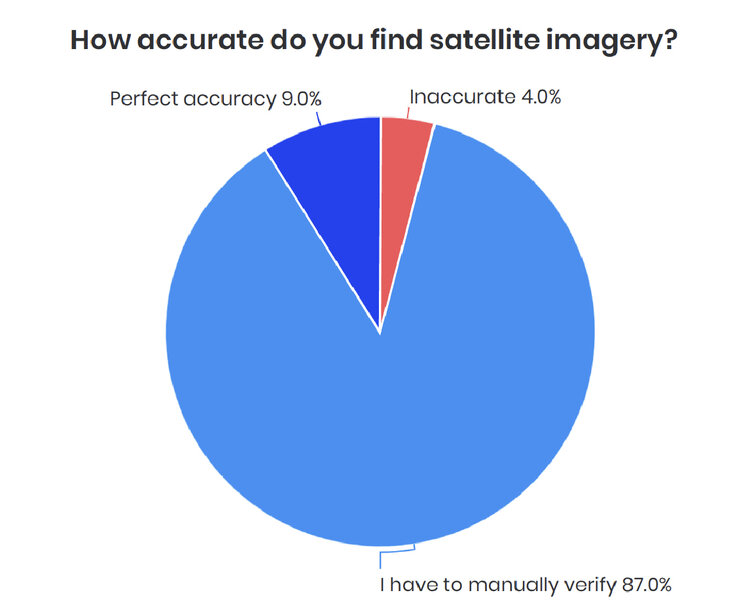
Source: Scanifly Solar Surveyor Outlook
AI is only as good as its input data, and unfortunately the input data is imperfect. For example, almost all (91%) of solar surveyors report that satellite imagery isn’t accurate for designs, according to Scanifly’s Solar Surveyor Outlook.
While airplane data is better and drone data is best, both sources miss some of the smallest details that AI would need in order to work properly. For example, small vent pipes that are an inch in diameter and are painted to look like part of the roof can be noticed by a human, but missed by a computer. These vent pipes won’t kill a project, but it can compromise a design if they aren’t accounted for the first time. Surrounding vegetation or lighting distortion, such as glare, also negatively impact underlying data.
3. Every project has nuance and customization
Whether it be layout preferences, panel color, or trimming trees, every homeowner wants something different for their solar installation. Automation works best with a defined set of variables, meaning it’s not always capable of changing whole projects on the fly when a homeowner suddenly asks about cutting down a tree.
This is where an experienced solar surveyor is invaluable, since they are often the first technical person that a homeowner meets during a solar project. Armed with drones, a surveyor can work up to 5x faster, getting high quality data for a great design. The output, a drone-based 3D model, will have all of the details necessary for a PV designer to customize the project based on the homeowners’ preferences.
4. Changing AHJ rules means “perfect” is a moving target
Regulations and incentives around solar change often at the municipal and state levels. Because these rules are so decentralized, software automation cannot stay up to speed as quickly as a local contractors who truly understand their jurisdiction.
Thankfully, platforms like SolarApp are coming to help streamline this process. While that won’t eliminate redesigns, it will provide better data that future design automation tools can leverage on a regular basis.
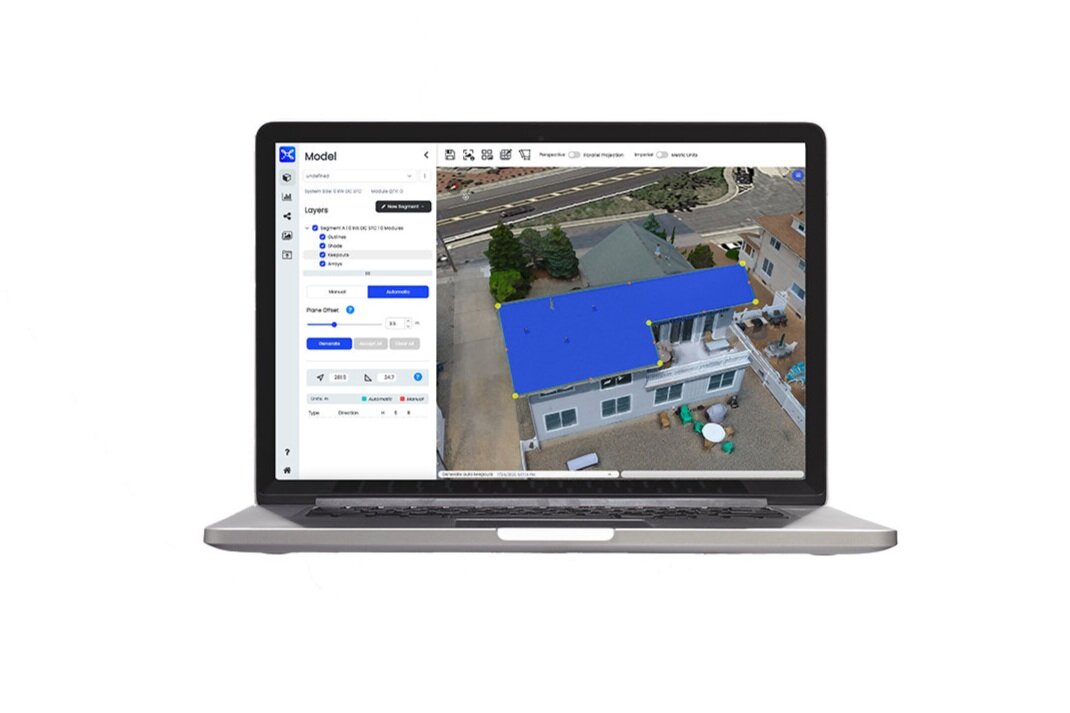
Software accelerates things, but don’t expect perfection
When you install solar panels, you’re in effect installing a mini power plant on someone’s home. In addition to the above, this includes considerations for electrical and structural components. With so many moving pieces, software alone will get you to perfection every time. However, software can rapidly accelerate the process, save time, and reduce the number of required redesigns, so the investment is still worth it.

